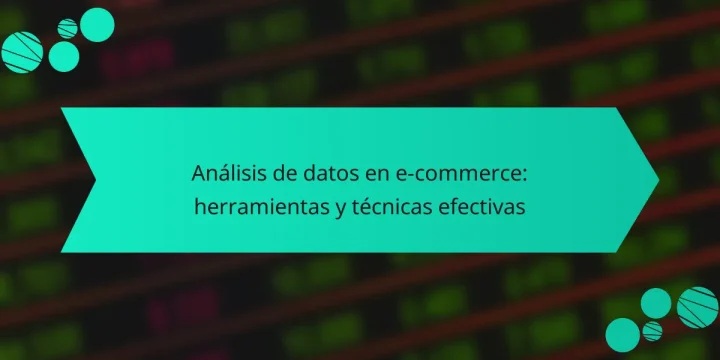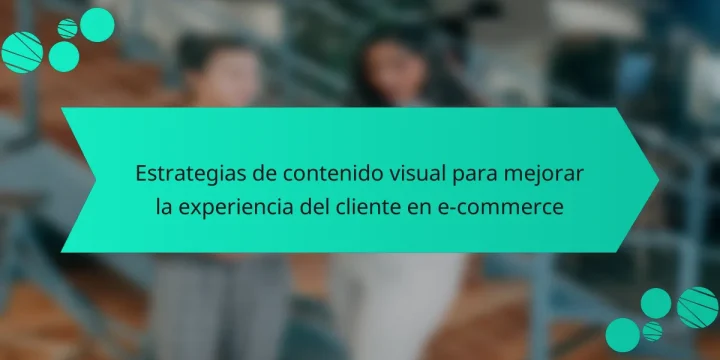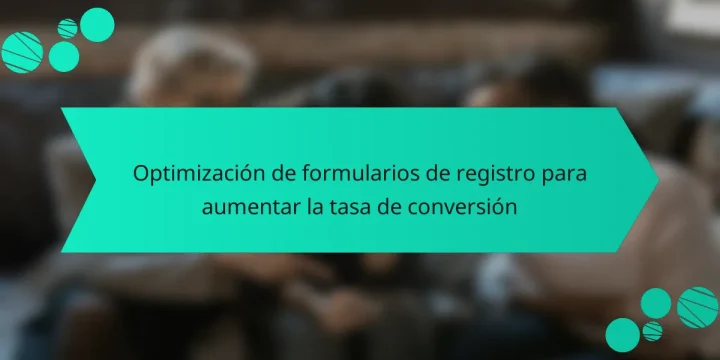
¿Qué es el análisis de datos en e-commerce? El análisis de datos en e-commerce es el proceso de recopilar, procesar y analizar información relacionada con las actividades de comercio electrónico. Este análisis permite a las empresas comprender el comportamiento de los consumidores, identificar tendencias de compra y optimizar estrategias de marketing. Por ejemplo, el uso de herramientas como Google Analytics facilita la obtención de datos sobre el tráfico web y las conversiones. Además, el análisis de datos puede incluir métricas como la tasa de abandono del carrito y el valor promedio de pedido. Estas métricas ayudan a las empresas a tomar decisiones informadas. En 2022, el 63% de las empresas de e-commerce afirmaron que el análisis de datos mejoró su rendimiento. ¿Por qué es importante el análisis de datos en…







